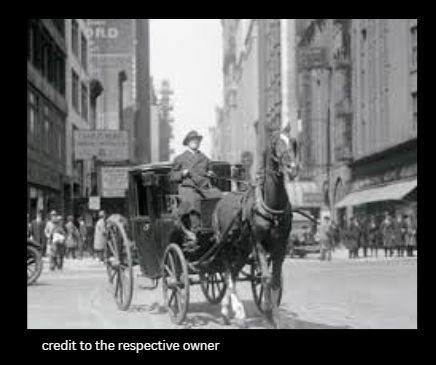On a spring day in 1922, John Otterman gently pulled his horse-drawn cab to a halt on a New York City street—for the last time. At seventy-two, he had spent forty years guiding passengers through every kind of weather and every change the city could throw at him, ever since he first picked up the reins in 1882. But now, with the rumble of automobiles and the flash of yellow cabs overtaking the city, Otterman knew his time was up.
By his side stood his partner: a horse, now twenty-five years old, whose weary gaze had witnessed the transformation of gaslit streets into avenues lined with streetcars and skyscrapers. Together, they had journeyed countless miles along the same roads that were now crowded with cars and ringing with the blare of horns. The steady clip-clop of their hooves, once a common tune, had become a fading echo from another age.
There was no bitterness in Otterman’s heart—just a quiet acceptance. The photograph taken that day doesn’t capture any celebration. It simply shows a man and his loyal horse, motionless as the world around them speeds forward.
This wasn’t just a farewell to work; it was the end of an era. The soft rhythm of hooves on pavement, the feel of worn leather reins, the simple act of waiting—these were all fading into memory. Otterman hadn’t just carried people from place to place; he had carried the weight of time itself. When he turned away from his cab that day, he took a piece of history with him.
Not every goodbye makes the news. But some endings, like this one, deserve to be remembered.
